Producers are well aware of the significant influence the soil’s state may have on the period of growth. Vegetation with low soil nutrients may have premature development, inadequate sprouting, and general unhealthy-looking foliage.
At the beginning and conclusion of the period of cultivation, you may turn the earth into a lush refuge that is prepared to provide abundant yields with a little time and work. Here’s the manner in which to begin getting the ground ready!
Turn, Dig, And Lift:
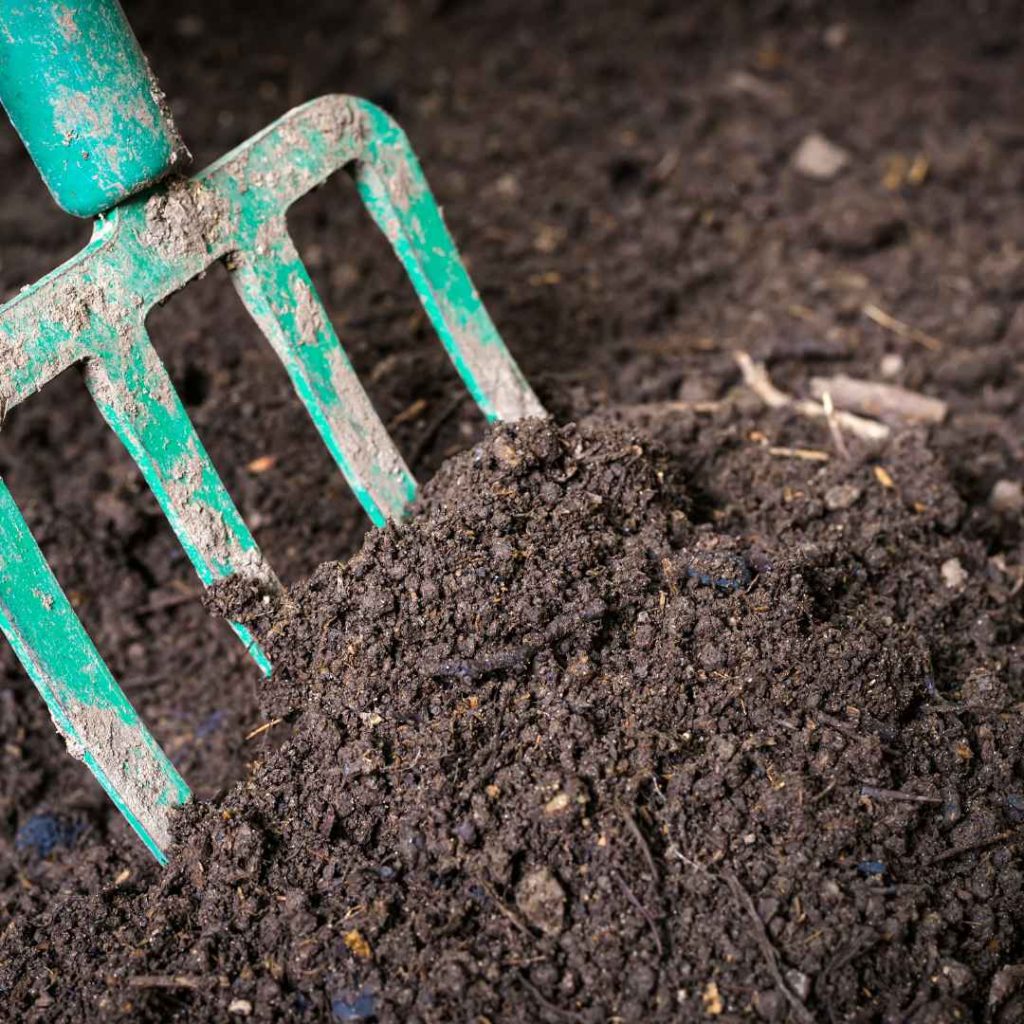
Switch and unfasten the substrate to start the preparation process. Additional airflow reaches the earth’s surface thanks to this easy procedure, which is essential for strong root development. Your vegetation will receive the nutrients and oxygen they require for flourishing growth if the substrate is well ventilated.
Check Ph And Nutritional Contents In The Soil:
Check the pH and nutritional requirements of the substrate before applying any additions. Creating educated selections regarding what modifications are required for the land requires knowledge of its existing condition. You can ask a nearby agricultural department for help or utilize indoor screening equipment.
Incorporate Organic Matter, Fertilizer, Or Manure:
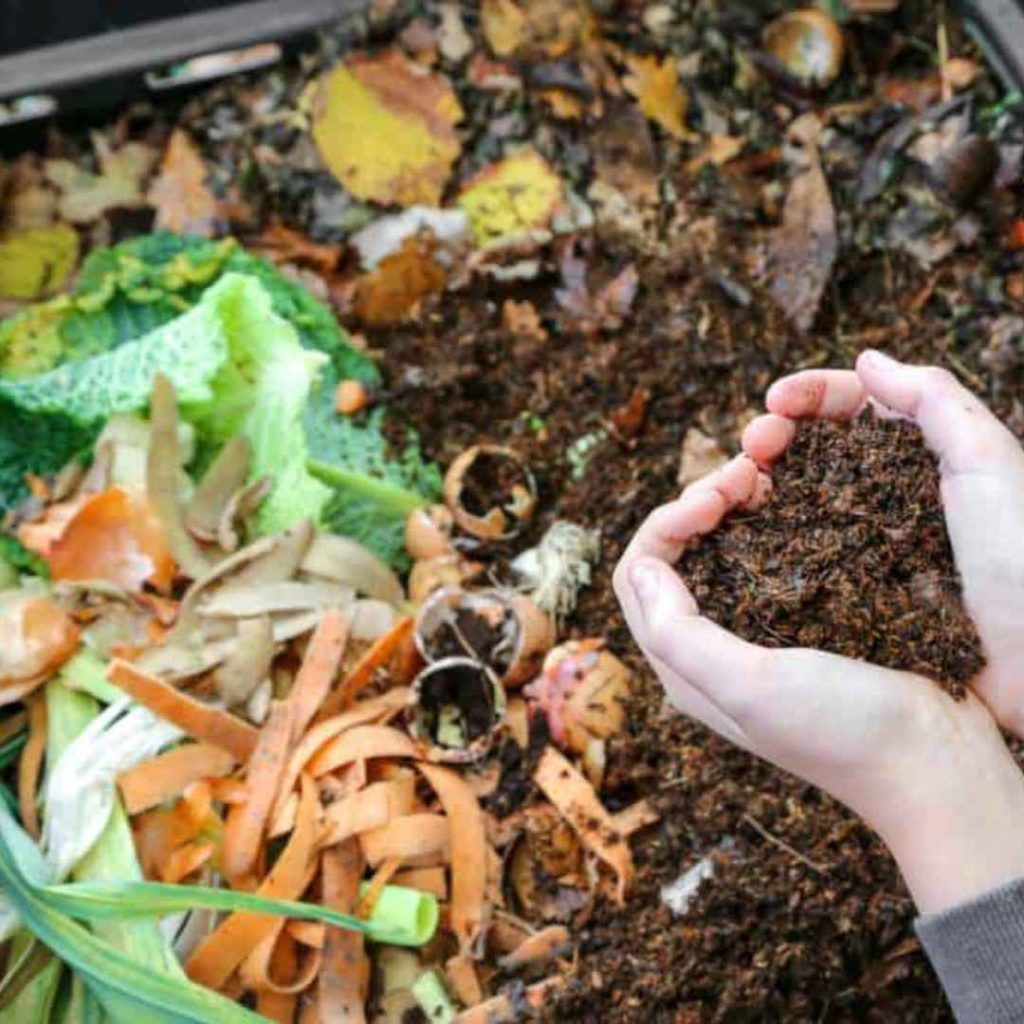
Add biological substances that are rich, such as composting or waste. These supplements enrich the substrate with vital minerals, increasing the developing medium’s fertility and promoting development in plants. If you are unable to obtain high-quality organic matter, think about enhancing it.
Add More Biological Count:
In addition to the conventional fertilizer and composting, use additional natural resources like leaf bacteria, lawn clippings, or wheat. These components improve the soil’s architecture more deeply and aid in permeability and retaining humidity.
Use Covering Agricultural Products And Green Fertilizer:
The condition of the soil can be significantly increased by incorporating cover crops in your landscape throughout the winter months, such as barley or mustard. These plants improve soil quality by fixing nitrogen-containing compounds, preventing deterioration, and adding biological material.
Add Beneficial Bacteria:
To add advantageous microbes to the ground, use an enzyme-based soil enhancer like Active earth. These microbes are essential to the viability and wellness of the dirt generally and to the incorporation of nutrients. Additionally, Active earth will improve permeability and ventilation in the ground, as well as promote earthworms.
Give It Duration:
Take a period of two to three weeks for cultivating the soil. Flip it over first, and then proceed to add your natural modifications. Give the substrate sufficient period to assimilate the vitamins and minerals and create a healthy population of beneficial organisms throughout every phase.
Mulching:
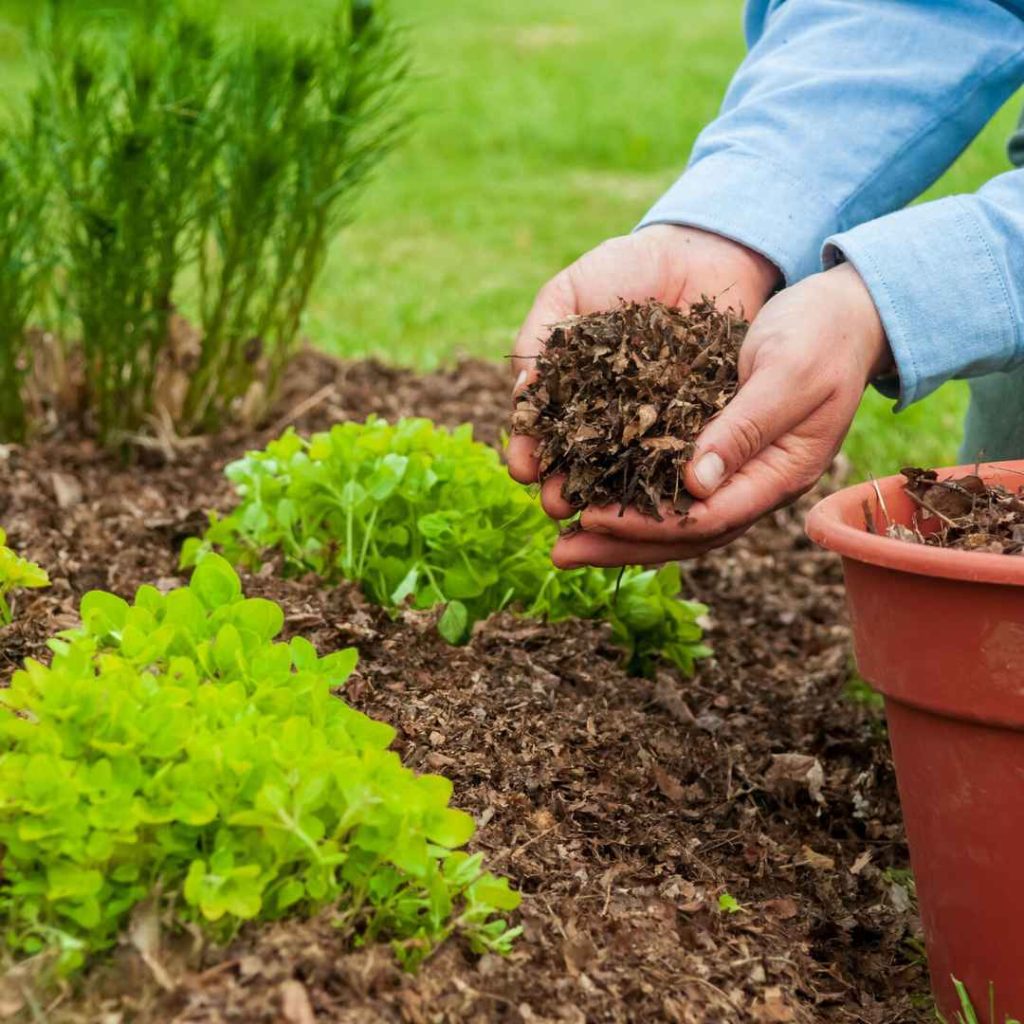
Add an additional coat of compost after growing. This aids in controlling weeds, regulating humidity, and retaining wetness. As mulch made from organic material breaks down, they also add nutrients to the soil.
Keep An Eye On Irrigation And Prevent Consolidation:
Take care when you irrigate your land to avoid the discharge of nutrients and consolidation of soil. To reduce compaction of the ground, utilize elevated containers or pathways instead of strolling on raised vegetable gardens.
Get Ready For The Upcoming Year:
When a single season of development ends, get ready for the following one. Re-dig, elevate, and twist the ground while incorporating an antibacterial topsoil improved and additional biological material.
By breaking down root systems and other particles, this procedure improves the soil’s readiness for the growing season.
You’ll create the conditions for a flourishing landscape by adhering to these crucial suggestions. Recall that the procedures of preparing the soil are continuous. In addition to improving your landscaping effectiveness immediately, routine pruning and fertilization can help the ground remain healthy and productive over time.
Incorporate Green Fertilizer:
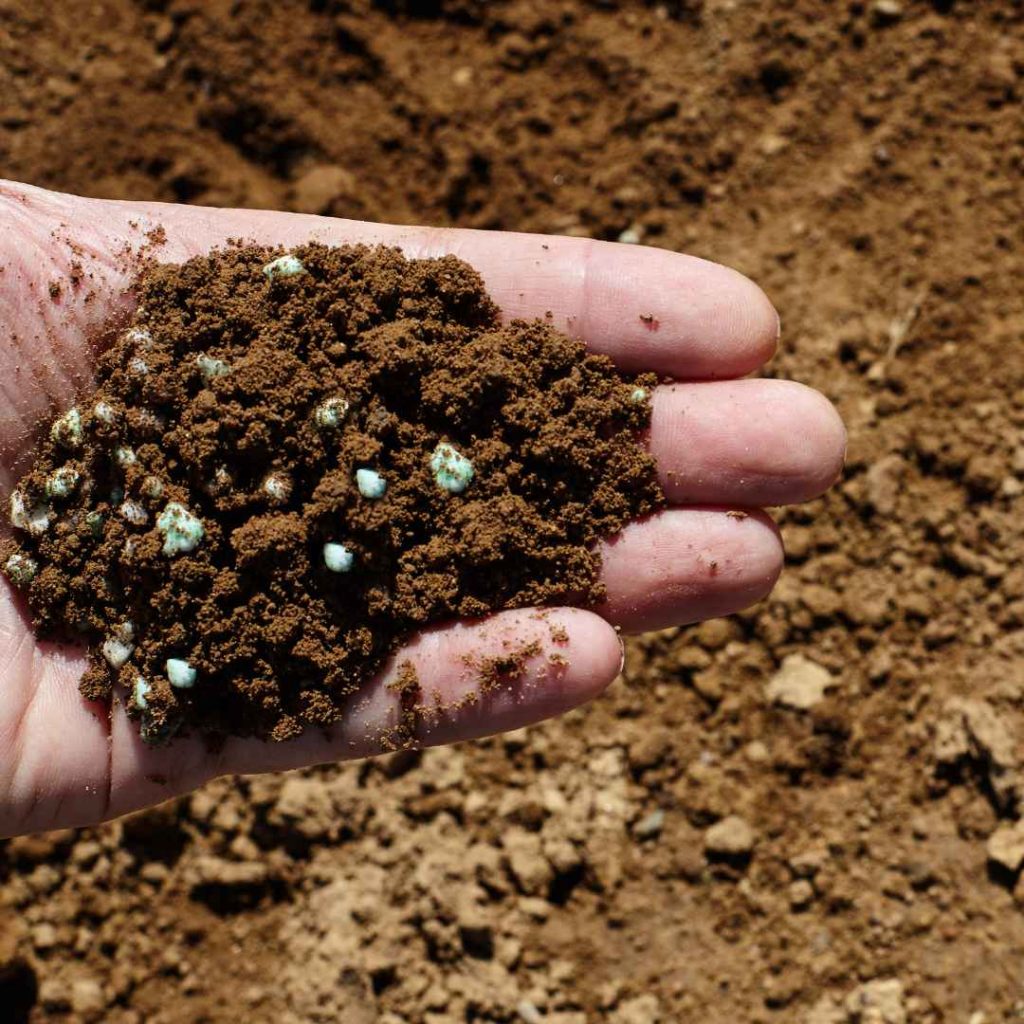
A vegetable patch frequently employs lush green compost; you might purchase seedlings on Amazon. It occurs when quickly spreading ” conceal cultivars,” such barley and mustard turf, are planted in vacant lodgings then the plants are chopped into pieces and plowed down the compost in order to improve its condition. As they develop, they additionally impede eroded ground in bad wintertime temperatures.
You can dig into the earth in earlier springtime to uncover resilient varieties of lush compost that have been established in the autumn season. This will allow them to break down shortly before you begin digging and seeding.
Make Your Beds With Mulching:
Earlier springtime composting is essential and provides several advantages, such as supplying nourishment to the ground during its breakdown and keeping invasive plants from growing.
To aid with the composition of the substrate, add an extensive covering of well-decayed organic matter, fertilizer, or possibly outdated mature container waste to the margins.
It will function on the fertilizer, fragmenting up the material while assisting to mix it together with the substrate, functioning in unison with the nematodes that are influential afresh after wintertime spent sleeping deeply below. This is true even if inclement weather occurs in the days and weeks to come, which it most likely shall.
Include Chicken Manure:
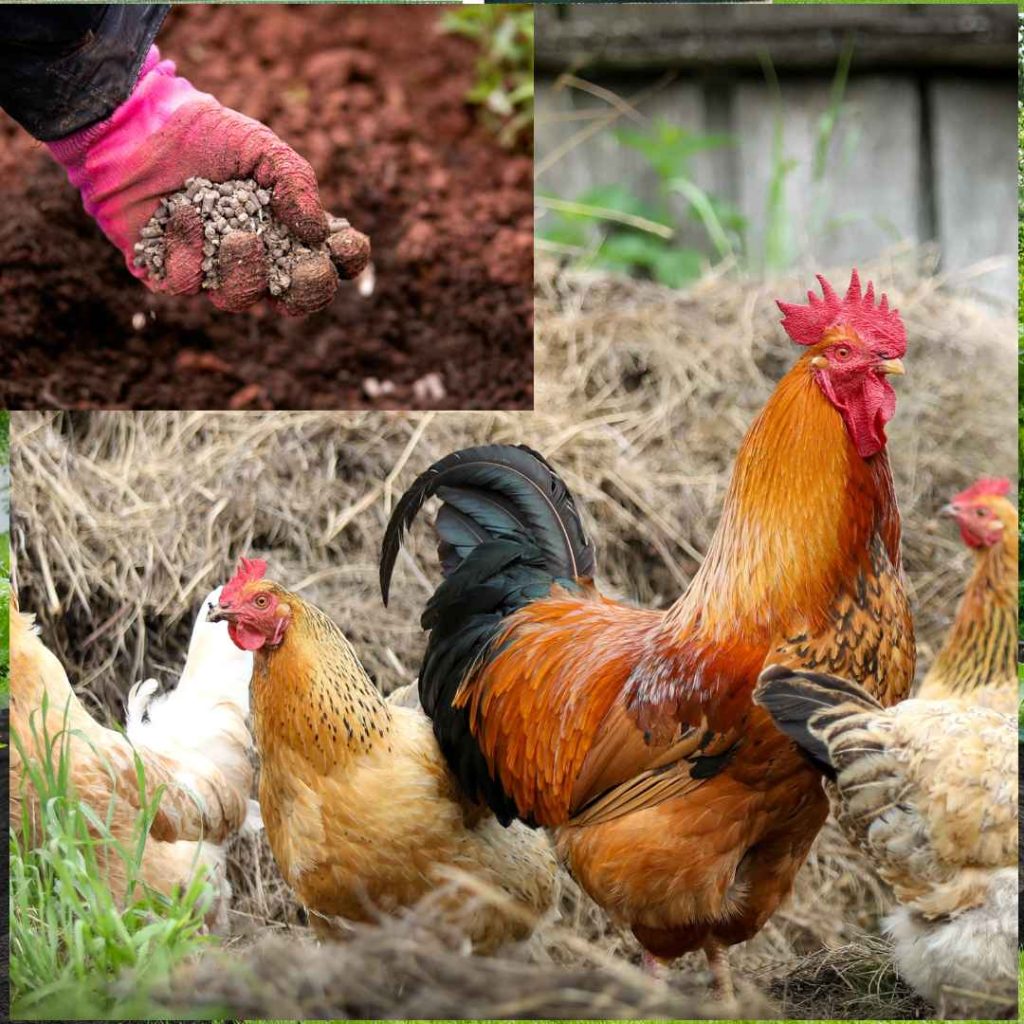
A fantastic all-purpose compost with an adequate amount of vitamins and minerals is chicken manure granules, which you can put in your gardening soil to increase its biological activity. It’s not a stench you want to have near your indoor vegetation, so be careful!
Before growing and cultivating, give them a chance to decompose by digging them in presently.
Take On The Invasive Plants First:
Wildflowers may develop extremely rapidly when the atmosphere warms. Long-term upkeep will be considerably simpler if you halt them in their footsteps as quickly as you see them.
Make it a practice to cultivate your boundaries on an ongoing schedule for getting rid of undesirable sprouts. There are several Secure methods to pull wildflowers without damaging your greenery if they begin to grow.
Applying garden pest control in the spring’s accuracy will help you maintain vibrant, beautiful grassland come summertime.
